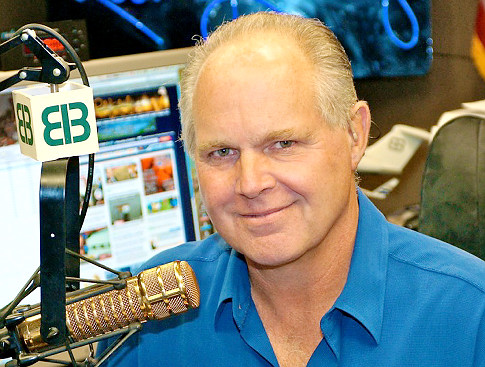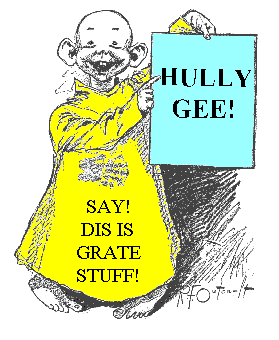Reasons for Increased News Coverage for Occupy Movement
The Occupy Movement has seen sharp increases in newshole
occupation and then decline, where increases coincide with coverage of police interaction, arrest, or encampment removal.
The Pew Research Center for Excellence in Journalism stated in a recent article that “The Occupy Wall Street protests, which had been slowly fading
from the media’s radar screen, generated plenty of headlines last week when
several cities around the country, including New York, took steps to control
the encampments.” It is accompanied by a graphic of percent of newshole garnered by the Occupy Movement over time.
In another post by Pew, Tricia Sartor describes the occupation of the newshole at 2 % for the week
of September 26th- October 2nd, 2011 after video of the
two women being pepper sprayed by police emerged, followed by an increase to 7%
for the following week when “…the protests began to spread and 700 people were
arrested while attempting to march across the Brooklyn Bridge.” She then explains the 10% number reached for
the week of October 10th-16th, when “…the protests became
more politicized in the U.S. while expanding to a reported 900 cities around
the globe.”
This idea of increased coverage surrounding
police involvement is echoed in a New York Times article where they cite Alicia Shepard, ex-ombudsman of NPR, as saying “…most news coverage of Occupy hasn’t been
about the issues, it’s been about who’s up and who’s down.” A similar claim has been made by Nate Silver in his New York Times 538 blog, where he used the newslibrary.com
database, “a compendium of about 4,000 news outlets in the United States —
mostly 'traditional' sources like newspapers and television stations”, to
analyze coverage of the Occupy Movement with respect to incidents with police,
and his results are shown in the graphic below, where increases in coverage
occur after incidents with police.
He also has a graphic comparing news hits for both movements at similar times in their movements history, where the Tea Party has the early edge. However, the Occupy Movement is only returning hits up to about October 8th in this graphic, where they hadn't yet reached 10 % of the newshole.
Interview with Dr. Hadden Concerning Reasons for Occupy
Coverage
In an interview with Dr. Jennifer Hadden of the Department
of Government and Politics at the University of Maryland, an expert in social movements, I addressed a statement made in the Pew post where
they cite a Washington Post article that states, “The movement began as a
protest of major economic and political issues, but lately the most divisive
issue has become the protests themselves. The Occupy Wall
Street encampments that formed across the country to spotlight crimes committed
on Wall Street have become rife with problems of their own.” I then asked why she believes coverage of the
movement has become the protests and not what the group is actually about:
Reasons for Increased Coverage of the Tea Party
While the Occupy Movement has seen 13 % of the newshole
occupied, the Tea Party movement has peaked at 7 % for the week of April 13th-19th,
2009, followed by 6 % the next year, during the week of April 12th-18th,
2010. Reasons for the 7 % newshole
coverage surround a large national protest regarding tax day. The story is the same for the following year
at 6 %.
Why has Occupy Garnered More Newshole Coverage?
In the Pew Research Center for Excellence in Journalism post
by Tricia Sartor, she speaks to why there may be coverage differences
between the two movements. She believes
it is important to keep in mind that the Occupy Movement is an ongoing protest, whereas the Tea Party staged
large, one day, national protests. She
also makes a point that “In addition, the Tea Party and its goals have become
part of the nation's political narrative and now generate ongoing coverage, not
simply when there are major events or protests.”
Sustainability vs. Effectiveness of Social Movements
I also asked Dr. Hadden in my interview about the Occupy and
Tea Party Movements if she thinks a social movement, like Occupy Wall Street,
can sustain itself with just coverage of “police wrongdoings”:
And getting their message across has been one criticism of
the Occupy Movement. Not only are they
facing coverage of the protest themselves, but their message that is conveyed
through the media has seen what one usnews.com article describes as suffering
from “...a seeming lack of cohesion.” The article states
that “…though [Occupy’s] central message is about the actions of the
richest Americans at the expense of 'the 99 percent,' Occupy has
taken on a number of other causes.” The
article described some of those causes as “…not linked to current prominent
political topics, like hunger and homelessness.” The Tea Party is then described
as the winner as far as message is concerned, which is supported by the 2010
Midterm Election where many new successful Republican candidates ran on Tea
Party values described by the usnews.com article as “…antipathy toward big
government, large federal deficits and debt, and taxation.”
In my interview with Dr. Hadden, I posed this question to her: “In two articles I found comparing the coverage of the Occupy Wall Street and Tea Party movements, a distinction has been made between the two, saying the Occupy Movement lacks a “central philosophy” or is suffering “mission creep”, whereas the Tea party eventually made clearly defined goals and have gained a lot of political clout. However, the Occupy movement is still relatively young, and can still narrow its platform. Do you believe that social movements need a clear message to continue not only receiving support from activists, but also to garner positive media coverage?” She responded," The Tea Party and Occupy Wall Street are not really the same kind of movement", where she bases her belief on the structure of each movement (top down vs. grass roots). Because, in her opinion, Occupy is a more " genuinely grassroots" and "diverse movement", she "...doesn't see that Occupy is ever going to coalesce on one particular policy proposal," but however,"...it may coalesce in different places on different things." She then makes the point that she doesn't believe "...we are going to see Occupy Wall Street become the kind of movement that the Tea Party is....."
In my interview with Dr. Hadden, I posed this question to her: “In two articles I found comparing the coverage of the Occupy Wall Street and Tea Party movements, a distinction has been made between the two, saying the Occupy Movement lacks a “central philosophy” or is suffering “mission creep”, whereas the Tea party eventually made clearly defined goals and have gained a lot of political clout. However, the Occupy movement is still relatively young, and can still narrow its platform. Do you believe that social movements need a clear message to continue not only receiving support from activists, but also to garner positive media coverage?” She responded," The Tea Party and Occupy Wall Street are not really the same kind of movement", where she bases her belief on the structure of each movement (top down vs. grass roots). Because, in her opinion, Occupy is a more " genuinely grassroots" and "diverse movement", she "...doesn't see that Occupy is ever going to coalesce on one particular policy proposal," but however,"...it may coalesce in different places on different things." She then makes the point that she doesn't believe "...we are going to see Occupy Wall Street become the kind of movement that the Tea Party is....."
Conclusion: What to Watch for
If the Occupy movement may never be able to “coalesce”
around one main goal, will they become a political force like the Tea
Party movement? Will they see continued news coverage of just
protests or something more beneficial to the effectiveness of the
movement, and
not just the sustainability of the movement?
It will be interesting to see coverage of the Occupy Movement in the
following months to see if there is a change in how much they are being
covered
and what type of coverage they are receiving.








